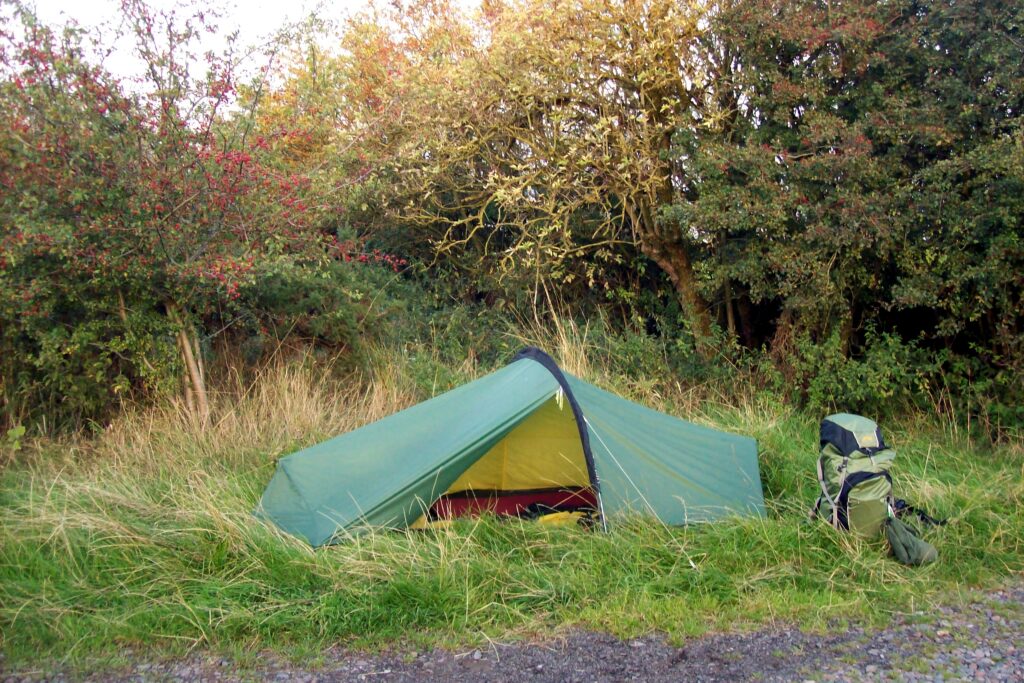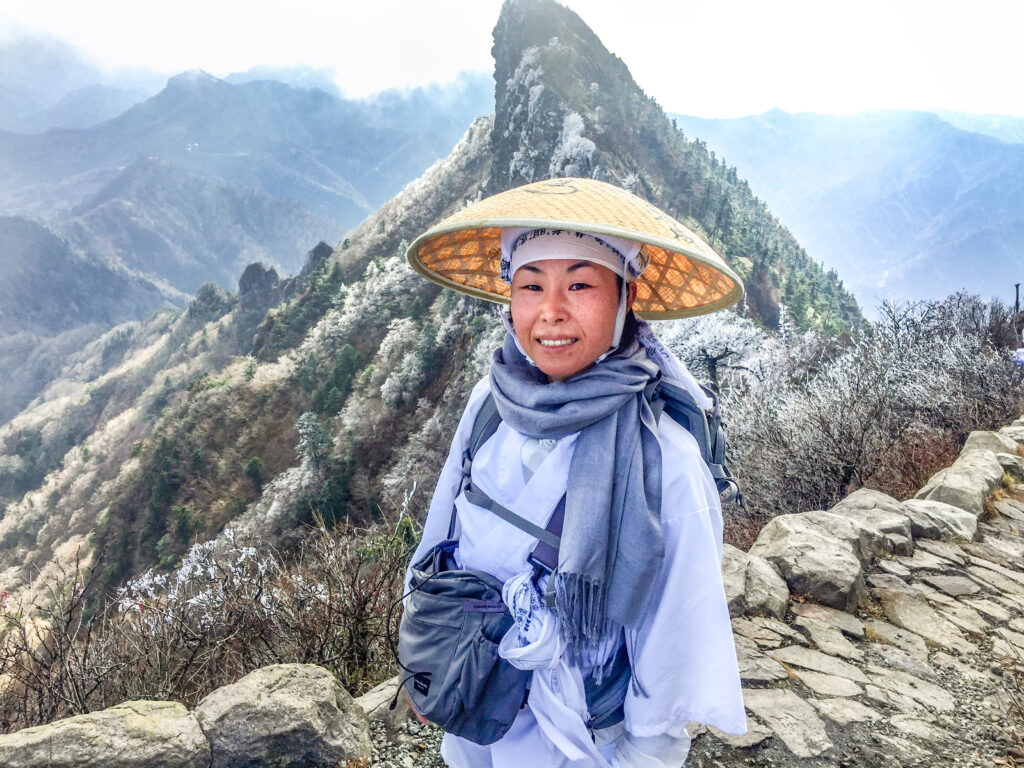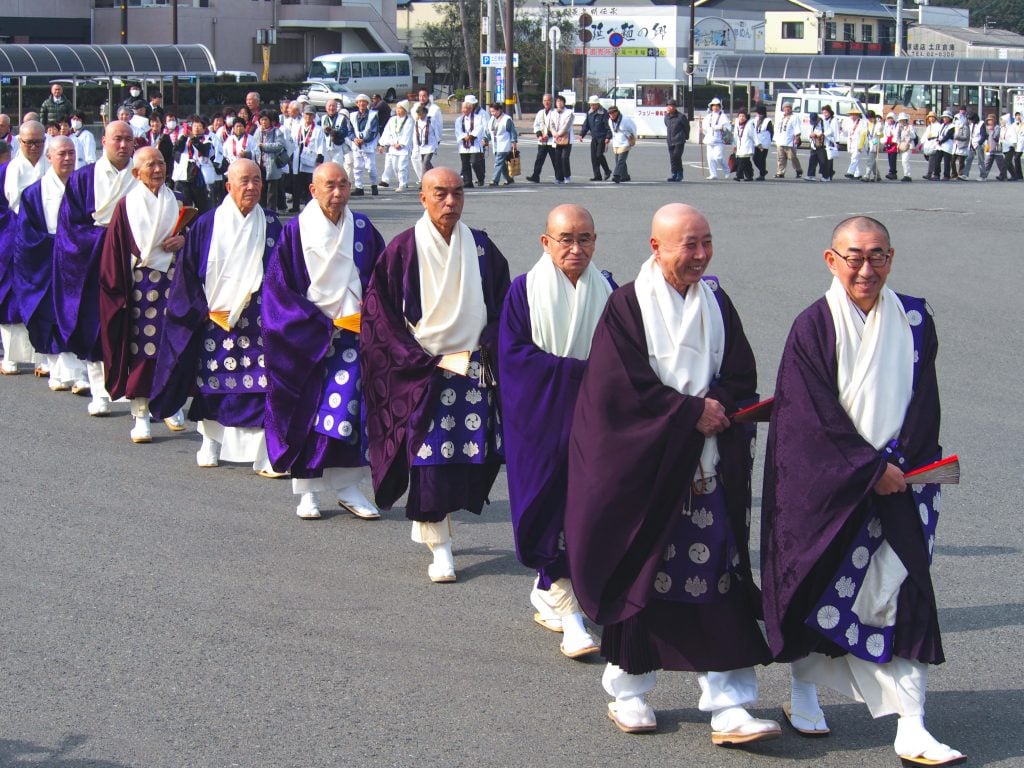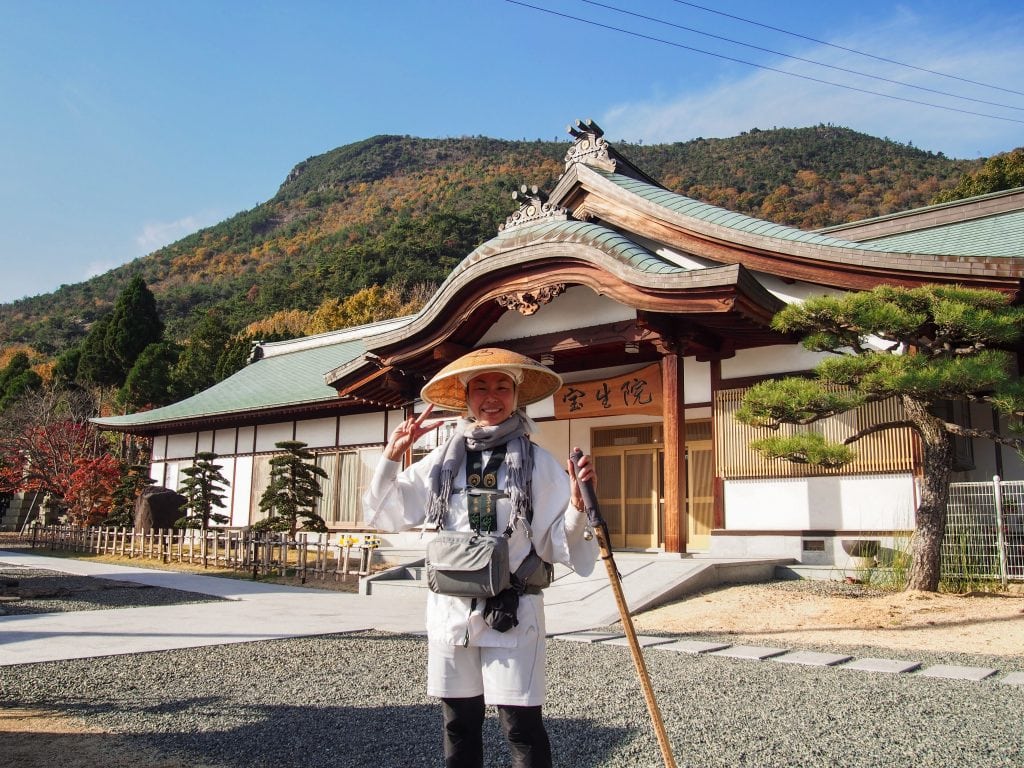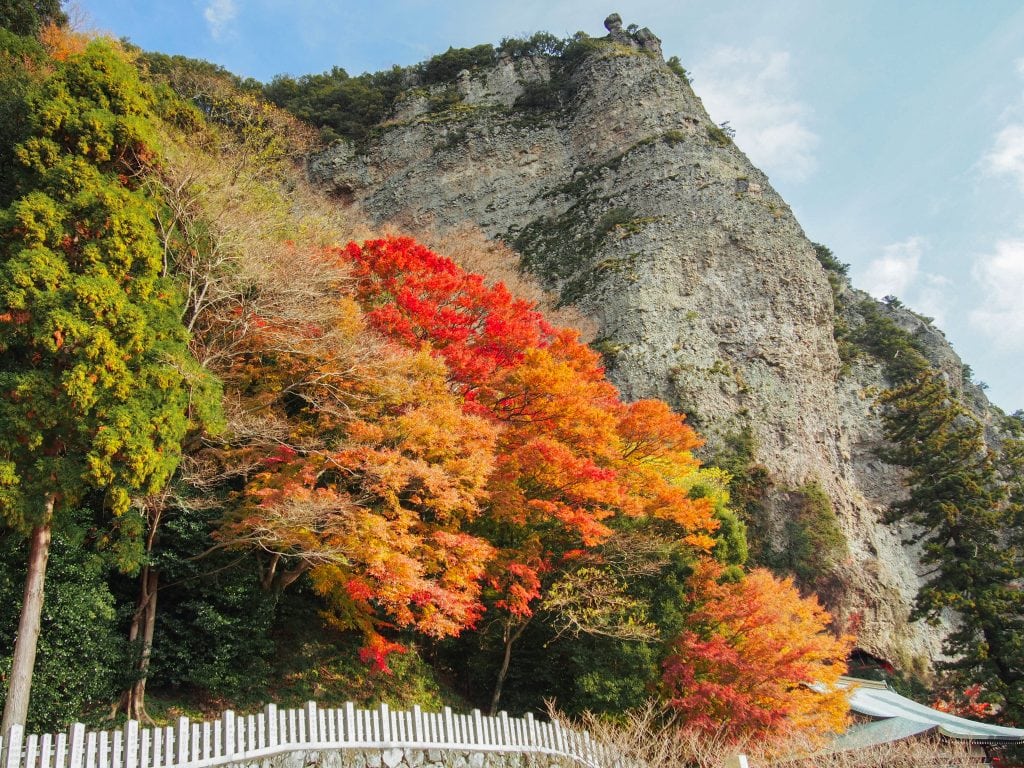Coming back to Japan, let’s go on a long walk
I wanted to see Japanese mountains.
That was what came up in my mind first when I started considering coming back to Japan after almost 10 years in the USA.
Funny thing is, I was not a big fan of hiking back then. In the US, I had never been to any mountains or national parks for hiking. I was very busy every day, as an MBA student in NYC for the first two years, then as a newspaper reporter in DC almost the entire time Mr Obama was president.
Even funnier, I was in the Japanese army in my 20’s, so running around in bushes and forests was my job. Probably I unconsciously liked Japanese mountains all the time, that’s why I picked the Army without considering joining the Navy or Airforce. Childhood memories of my parents taking us to nature tourist sites on vacation, not to theme parks or shopping malls stayed at the tiny corner of my brain.
Read more

